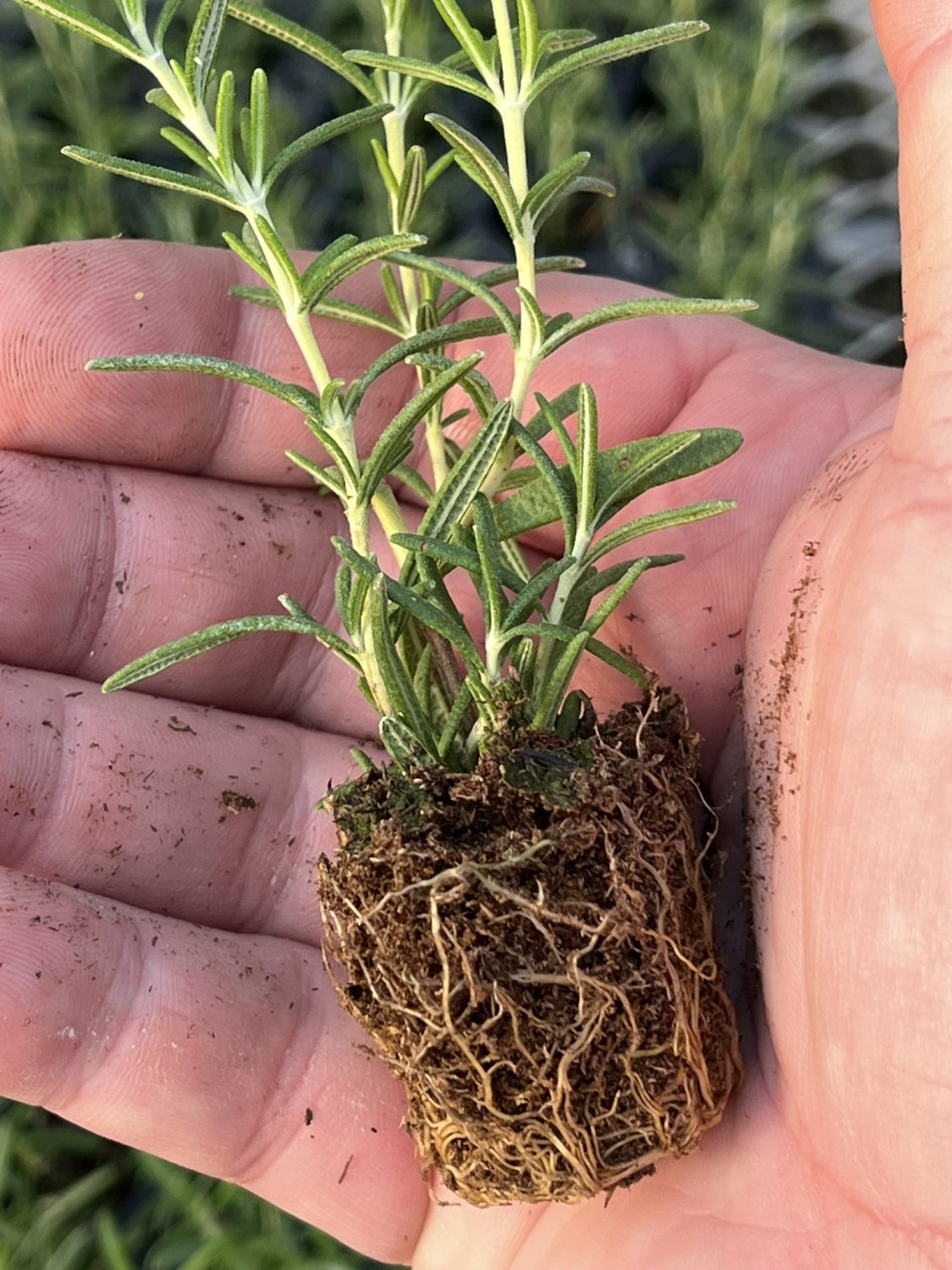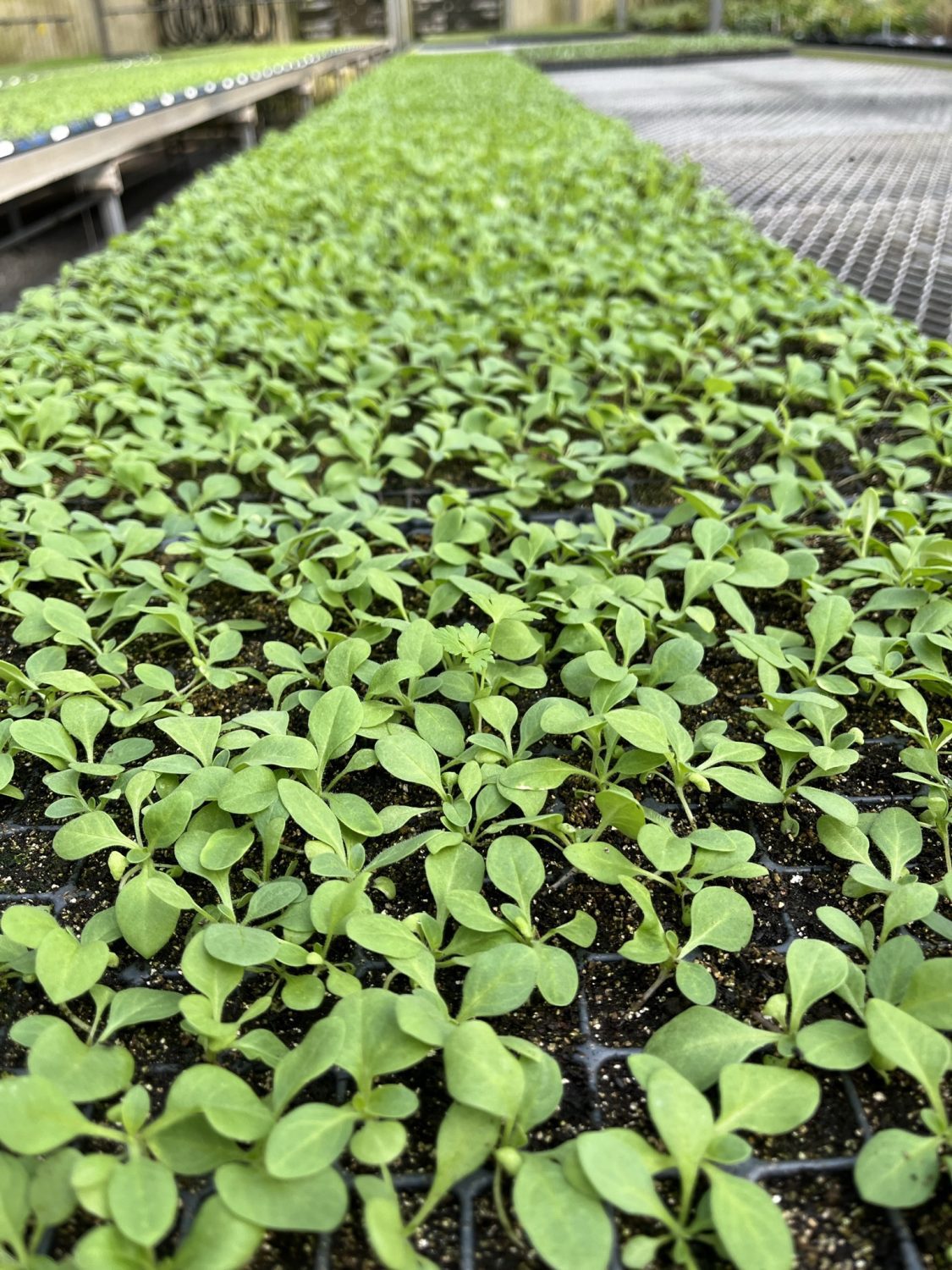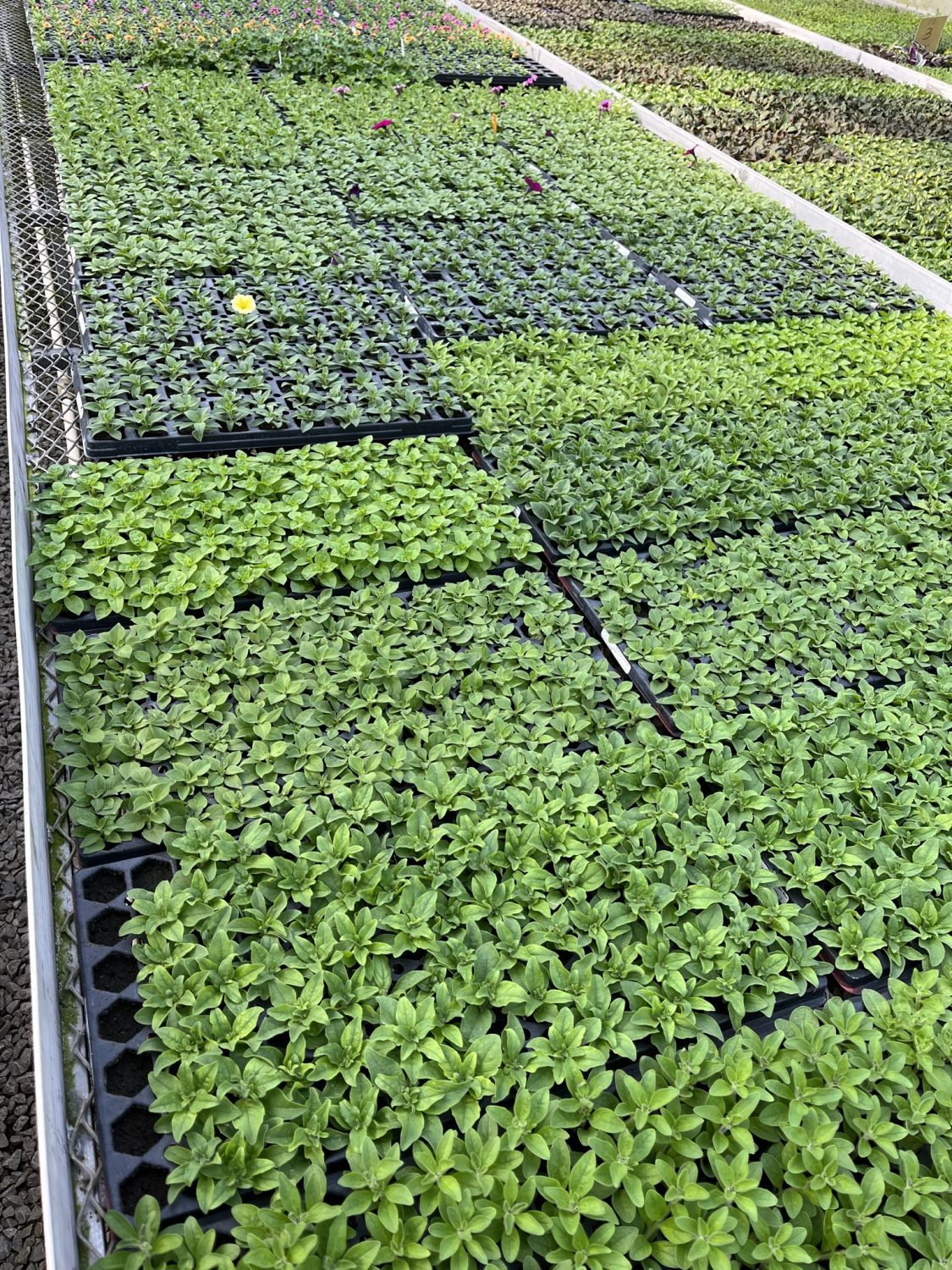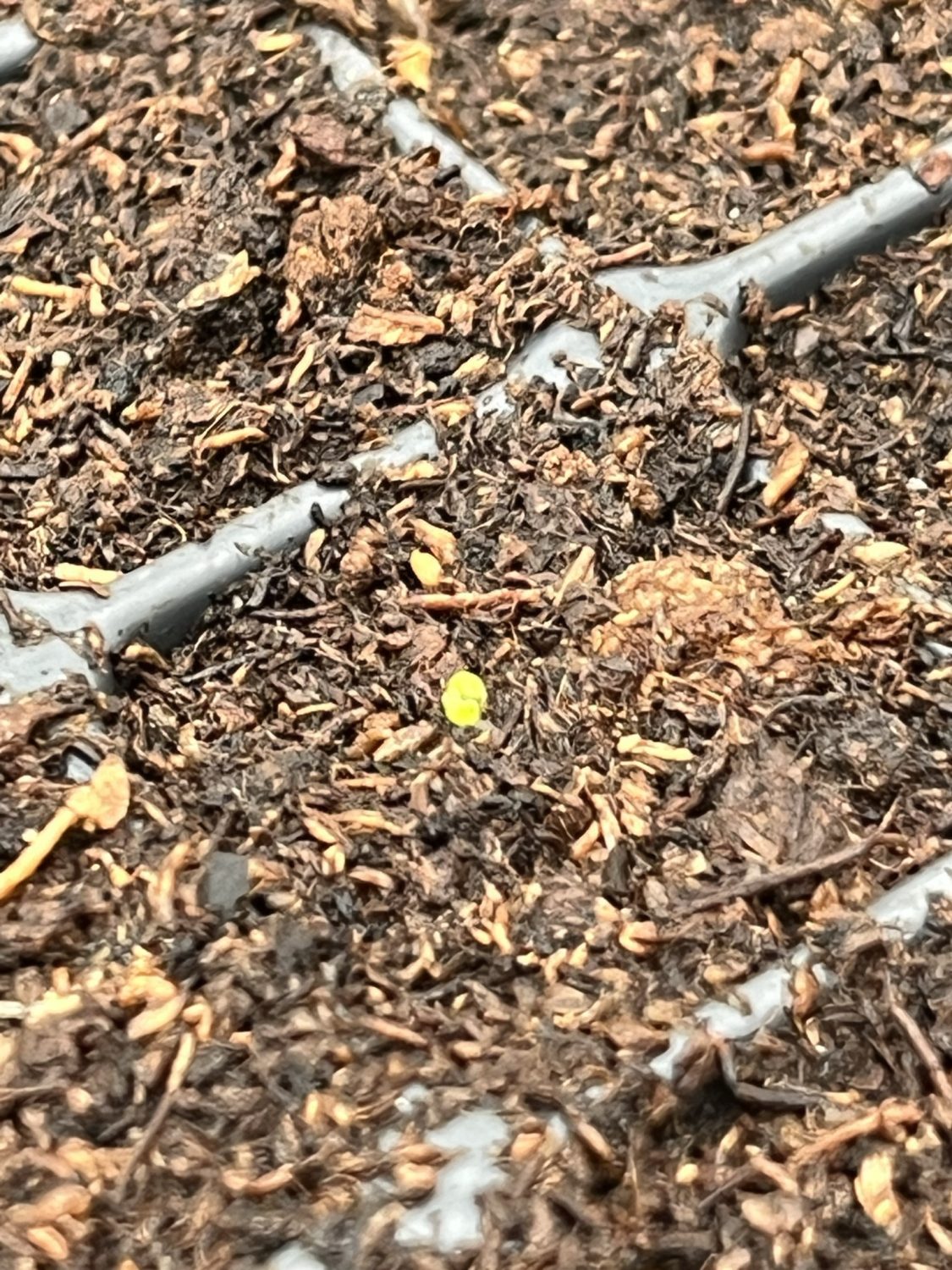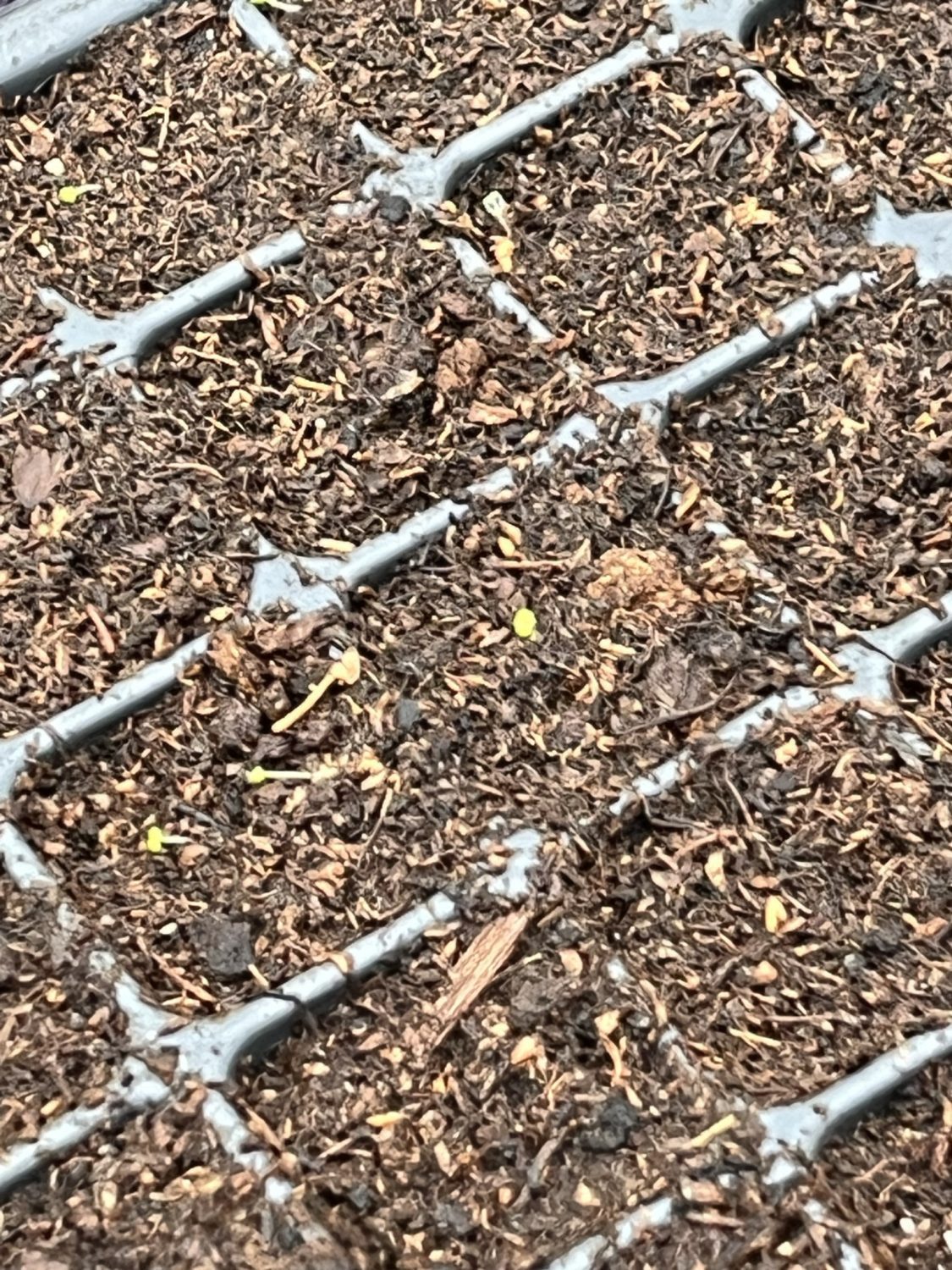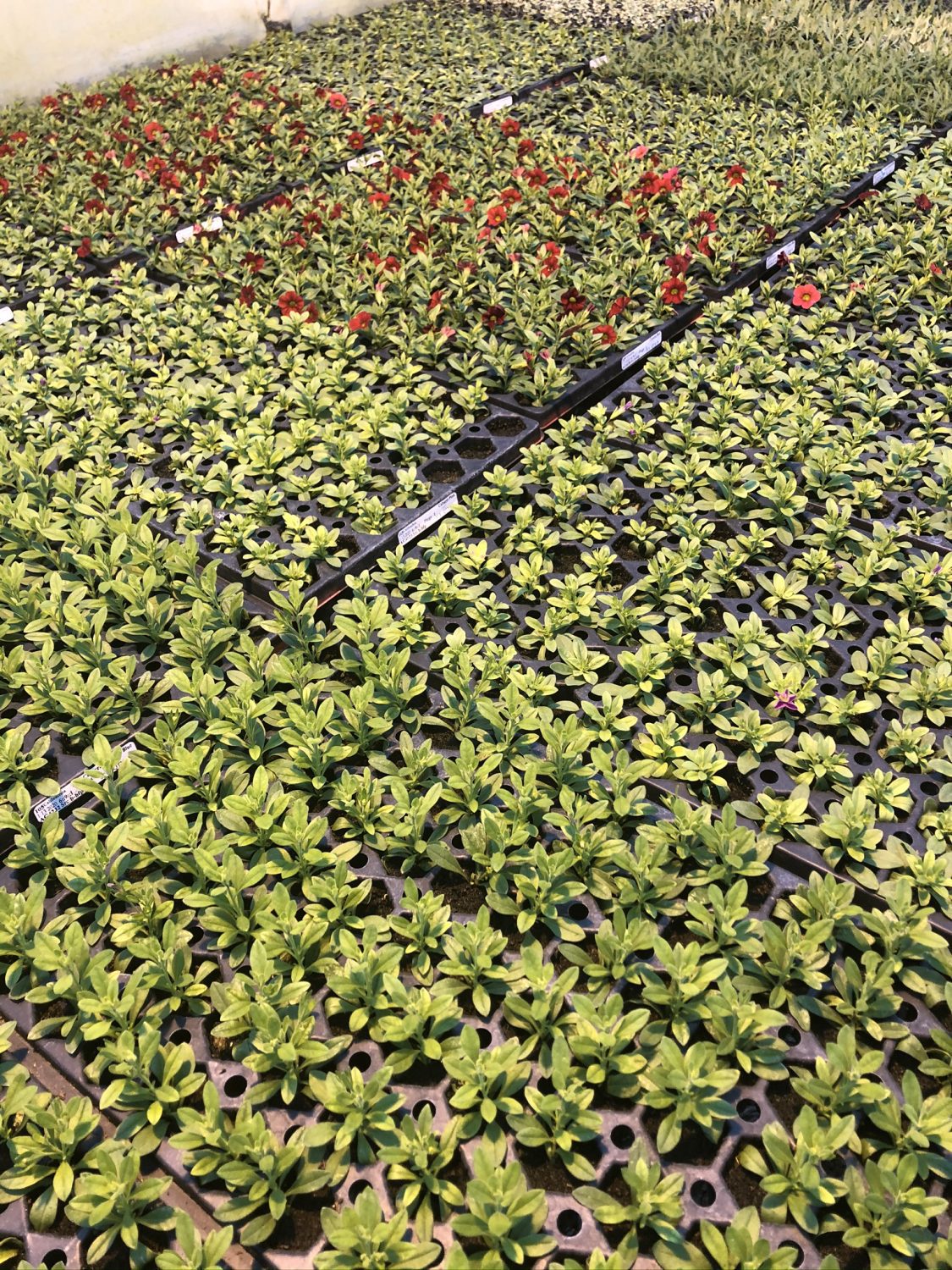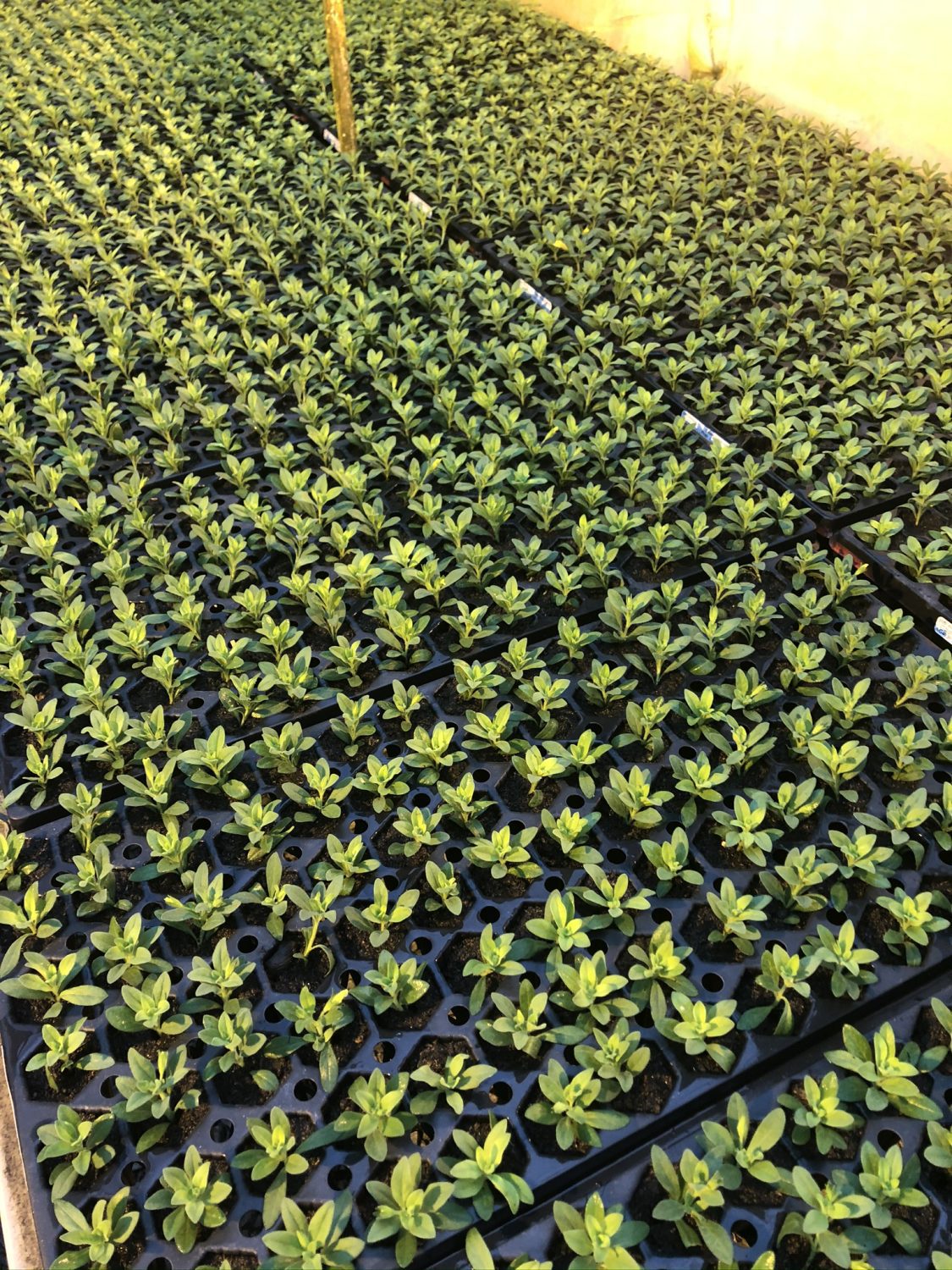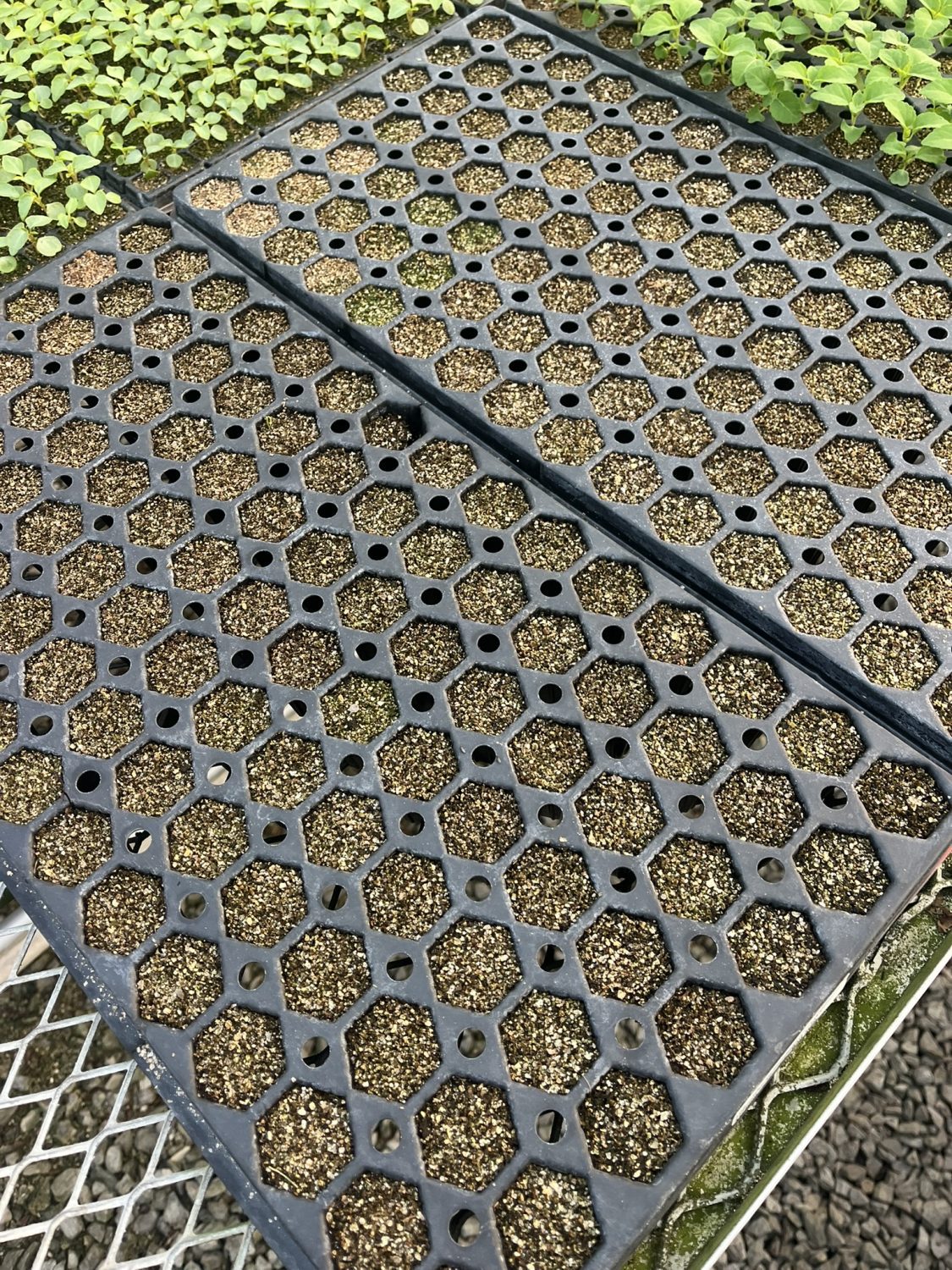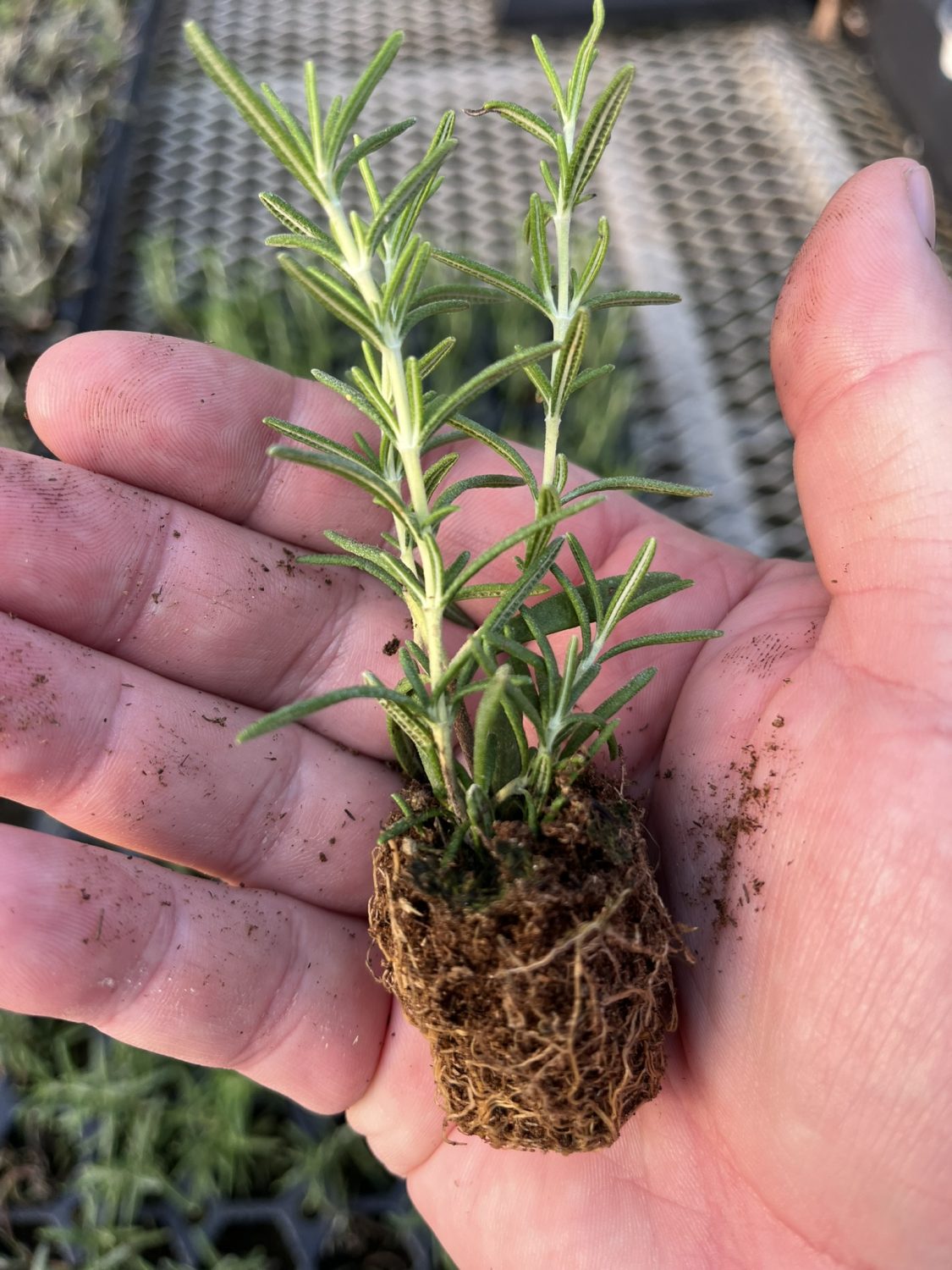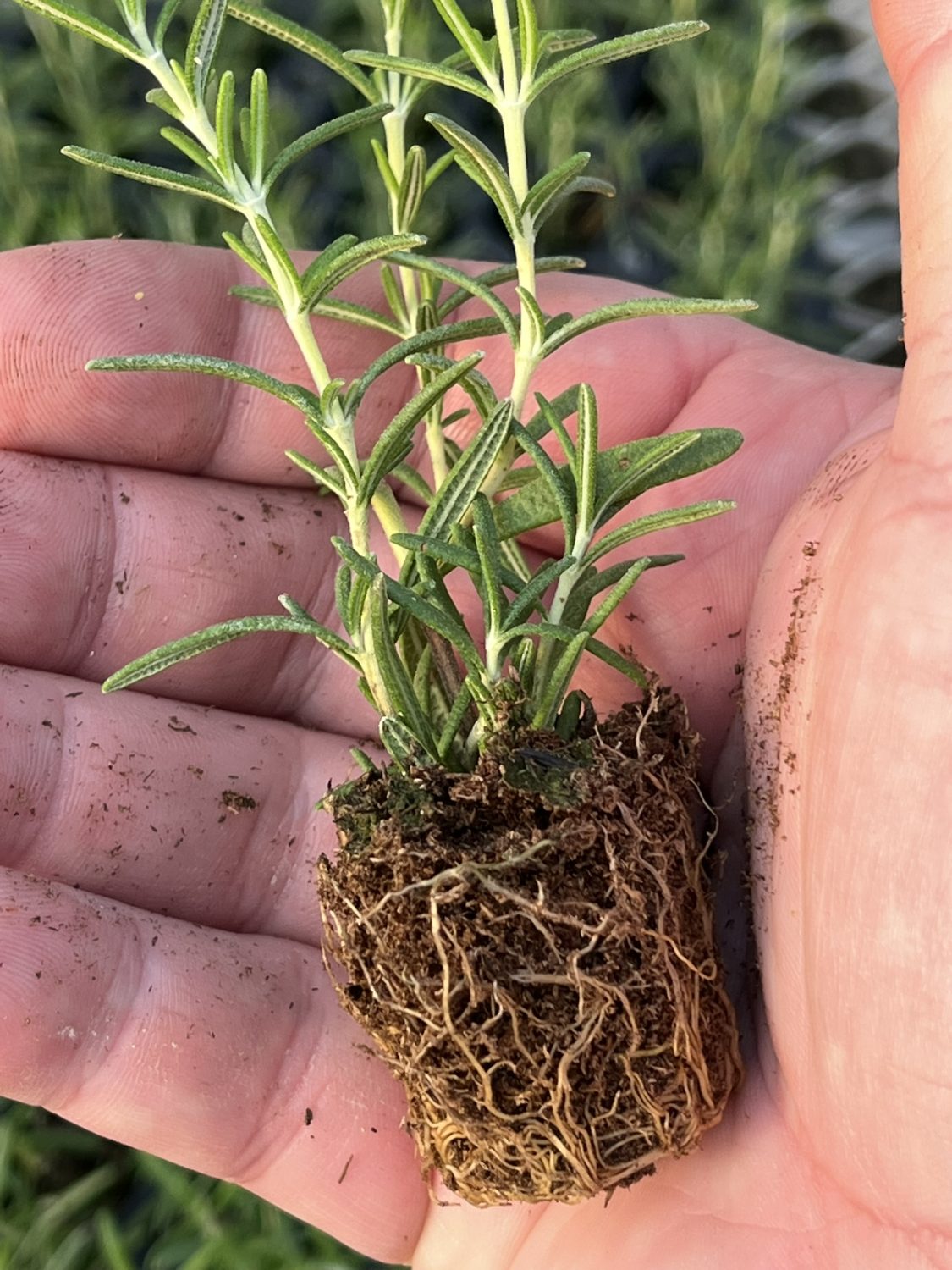Description
Vegetable Young Starter Transplant Plugs — Grown-to-Order
Crack open a tote of damp soil and breathe in that clean, earthy scent. It smells like spring after rain. That’s the heart of these plugs: we root the vigor so you can plant, water, and harvest on time.
What You Get: Uniform Power in a Small Plug
We raise vegetables with the same care you give a favorite bed. Each plug holds a tight root ball with fresh white roots that grip, not tangle. Cells slide out clean. You tilt, set, and firm with two fingers. No crumble. No stall.
Think of each plug as a packed lunch for a big day—energy ready, tools in place, no fuss at noon. Tomatoes, peppers, and eggplants show fast takeoff. Brassicas like broccoli and cabbage hold steady and root deep. Leafy greens—lettuce, kale, chard—stay compact yet eager. Vining crops such as cucumbers and squash prefer a touch larger cell; we size to suit the crop so stems don’t stretch.
We grow in a balanced peat-perlite mix with a hint of bark for air. EC stays gentle. pH holds in the sweet spot, about 5.8–6.2. We feed light so plants stock up, not bloat. You get plugs that push new growth within days.
Counts fit your plan: 7s for stout starts; 49s and 98s for volume.
How Grown-to-Order Works: We Sow to Your Clock
You choose the crops. We schedule benches. Simple. We seed to hit your target week so beds, tunnels, or market dates line up. Warm-season stars like tomatoes and peppers finish in 6–8 weeks from sow. Cool crops—broccoli, cabbage, lettuce—often finish in 4–6 weeks. We adjust light and temperature so each crop holds pace without stretch.
Before ship, we harden. We lower feed, ease water, and drop night temps a notch. Stems firm. Leaves thicken. That way your field wind and sun feel like a slow ramp, not a brick wall. Weather looks cold? We add heat packs and extra wrap. Hot spell on the way? We ship early in the week so plants land fresh at your place.
Picture a freight train running right on schedule—cars linked, brakes tuned, signals clear. We handle the early miles from seed to sturdy start. You couple on at transplant and roll straight into harvest. No sidetracks. No guesswork.
Planting & Care: Clear Steps for Fast Takeoff
You don’t need fancy gear. A sharp knife, a hose, and a bag of compost will do real work.
When the box arrives
Open right away. Set trays in bright shade. Let them breathe for an hour. If cells feel light, you bottom-soak until the top goes dark. Then drain. Plants should go out within 24–48 hours.
Bed prep
Loosen soil to your wrist. Fold in compost for tilth. Rake level. You want a bed that crumbles, not clods. A thin mulch after planting keeps splash down and roots cool.
Transplant
Work in the cool part of day. Make holes the size of the cells. Pop each plug out by pushing from the bottom. Don’t tug the stem. Seat the crown level with the soil line. Firm with two fingers. Water until the bed shines. For tomatoes, you can plant a bit deep and bury some stem; new roots will form along the buried part.
Spacing
Tomatoes: 18–24 inches. Peppers: 14–18. Eggplants: 18–24. Broccoli and cabbage: 12–18. Lettuce: 8–10. Cucumbers: 12–18 on a trellis. Wider gaps make bigger plants; tighter gaps give earlier, smaller picks. Pick the path that fits your market or table.
Water & feed
Week one, keep soil evenly moist. Not soggy. Roots need air. After takeoff, you water deep and less often to train roots down. If leaves pale, feed with a light, balanced liquid (about 75–100 ppm N) and watch green return. Too much nitrogen can puff leaves and dull flavor. We aim for steady growth, not a sprint.
Prune & support
You prune indeterminate tomatoes to one or two leaders and clip to twine. You remove the first pepper flower to push branching. You hoe shallow and often, before weeds root. Small moves. Big payoff.
Scout
Aphids, flea beetles, and whiteflies show up first on tender tips. A firm water spray knocks numbers down. Sticky cards tell you the trend. Keep leaves dry near dusk to dodge mildew. Good air is cheap insurance.
Set a rhythm—water, feed, prune, harvest—like a drumbeat under the day. Click, click, click. Crops love a steady band.
Why These Plugs Pay: Time, Yield, and Sanity
Seeds drift. Timelines slip. A cold snap steals a week. Plugs cut the wobble. You buy weeks of growth and a tray of even promise. That shaves labor, trims re-sows, and keeps your plan on track.
Flavor and yield ride on plant age and stress. With sturdy plugs, you can pick lettuce at the baby stage, cut broccoli right as beads tighten, and set pepper plants to load early. You spread risk by staggering trays—one this week, one next—so harvest flows instead of floods. Chefs like steady boxes. Families like steady dinners. You like steady cash.
Think of a well-laid brick path. Each plug is a brick set flat and true. Once the base is solid, every step becomes easier. Beds stay uniform. Work speeds up. Waste drops.
We bring greenhouse grit—clean trays, tuned light, careful feed. You bring your soil, your weather, your goals. Together we dial finish dates, tray counts, and pack to suit your heat or cold. Need tomatoes heavy and early? We’ll push the start. Need brassicas for shoulder seasons? We’ll cool the pace.
Hands in Soil, Eyes on Harvest
Order Vegetable Young Starter Transplant Plugs (Grown-to-Order) and lock your calendar to real, living starts. We’ll sow, tend, and toughen. You’ll tilt, plant, and pick. Simple moves. Solid roots. Plates full, right on time.

